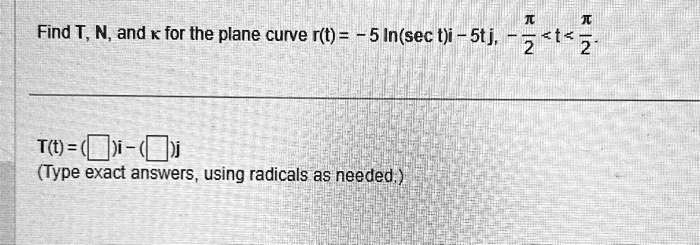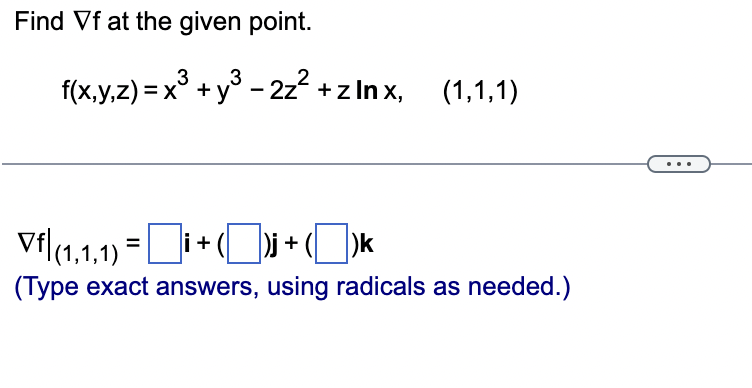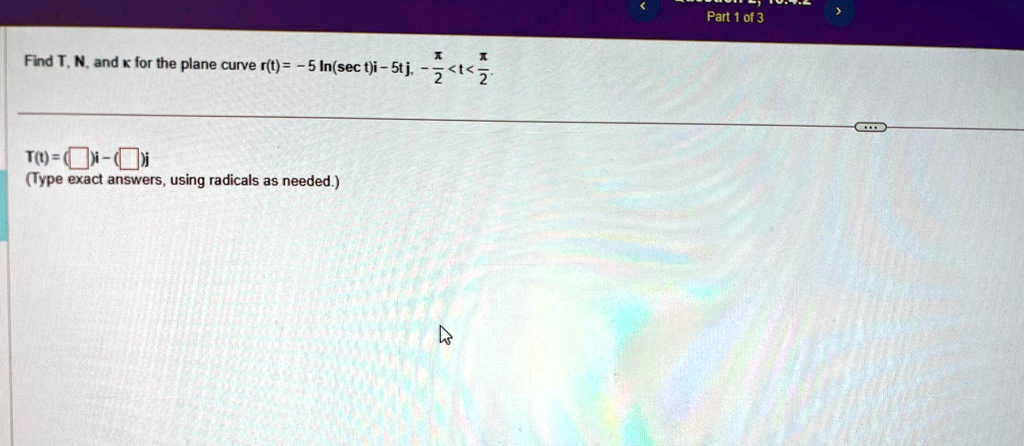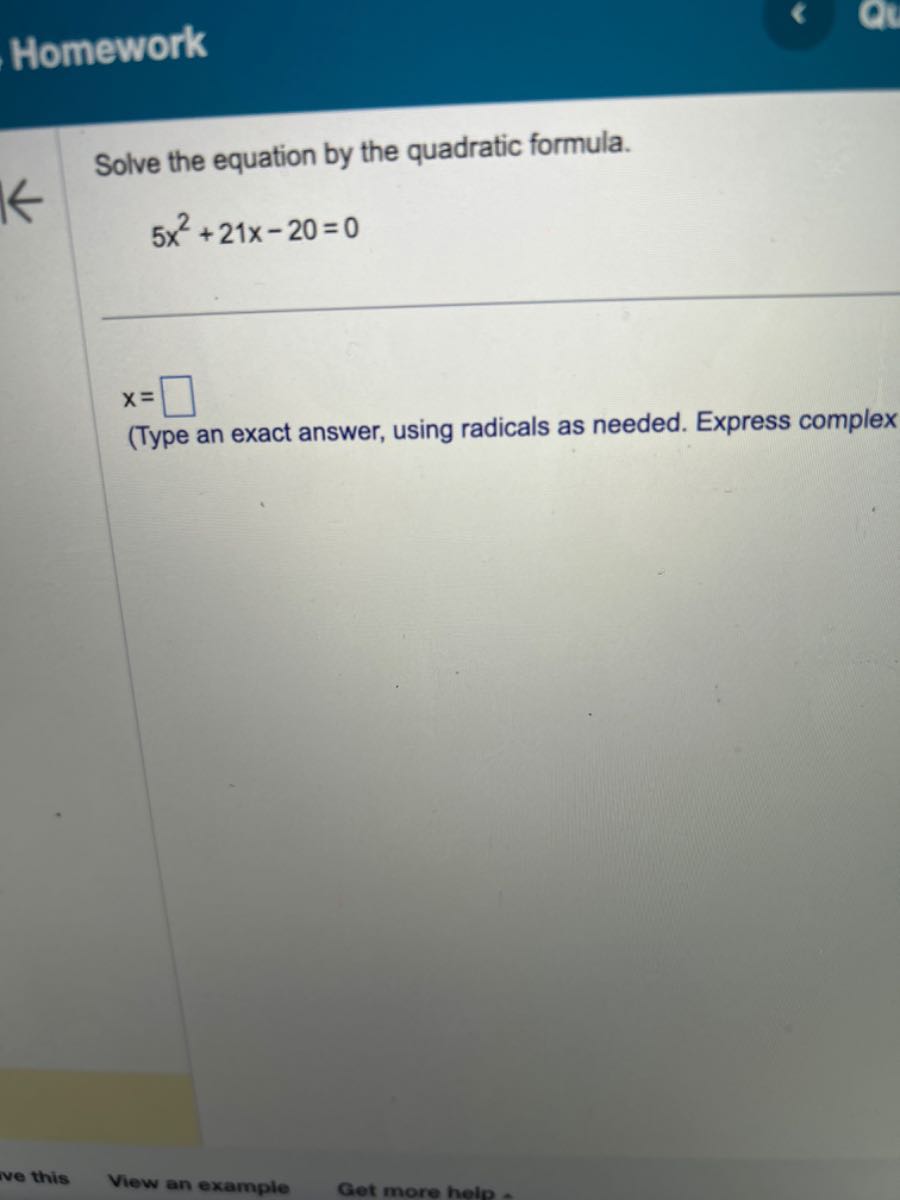Type An Exact Answer Using Radicals As Needed

The seemingly straightforward math problem has ignited a fiery debate across social media and academic circles. A seemingly innocuous request – "Type An Exact Answer Using Radicals As Needed" – has revealed a surprising level of ambiguity and sparked a discussion about the very nature of mathematical precision.
At the heart of the controversy lies the interpretation of the question and the acceptable form of the final answer. Should the focus be strictly on simplifying the expression, or is the purpose to convey a specific numerical value? The core conflict stems from the lack of a defined equation or expression for which "an exact answer using radicals" is required.
The Spark of Controversy
The discussion, fueled by various online platforms, highlights the challenges in teaching and understanding mathematical concepts. Experts have weighed in, offering diverse perspectives on how to address the prompt and what a truly "exact" answer would entail.
The key issue isn't the complexity of mathematical operations, but rather the lack of specific details for what needs solving. This ambiguity underscores the importance of clear and precise instructions in mathematics education and problem-solving.
Diverse Interpretations and Proposed Solutions
One common viewpoint is that without an equation or expression, the only valid answer is the question itself. Some have suggested that the "exact answer using radicals" alludes to the representation of irrational numbers. These are numbers, like the square root of 2 (√2), that cannot be expressed as a simple fraction.
Others argue that the phrase implies finding roots or solutions to an implicit equation. The phrase "using radicals" pushes towards representing the answer with square roots, cube roots, or similar radical expressions.
Radicals and Exact Representation
Radicals provide a means of representing irrational numbers with complete precision.
For instance, the square root of 2, √2, is an exact representation. Its decimal form is infinite and non-repeating, making it impossible to write perfectly.Radicals, therefore, offer a way to escape approximation.
Without more context, it's impossible to know if this concept is what the prompt intends to evaluate. The focus on "exact" suggests an understanding of irrationals and the need to avoid decimal approximations.
The Ambiguity of the Question
The ambiguity of the prompt is a significant source of frustration. Is this a question designed to assess the ability to represent numbers using radicals? Or, is it testing the understanding of the phrase "exact answers"?
The debate also raises questions about the role of interpretation in mathematical problem-solving. Even in a field as precise as mathematics, the initial understanding of a problem can dramatically influence the solution.
Expert Opinions and Educational Implications
Mathematics educators have expressed concerns about the potential for confusion and misunderstanding caused by such ambiguous prompts. Dr. Anya Sharma, a professor of mathematics education at State University, stated, "The lack of a clear question makes it difficult for students to demonstrate their understanding of radicals."
According to Dr. Sharma, prompts need to be unambiguous and well-defined to be effective teaching tools. The aim is to test specific mathematical skills, not to confuse.
Dr. Ben Carter, a curriculum specialist at a national educational organization, emphasized the importance of providing adequate context. "Without a specific equation or expression, the question becomes a philosophical one rather than a mathematical one," he explains.
The Broader Context: The Evolving Landscape of Mathematics Education
This situation reflects a wider trend in mathematics education. It is about moving away from rote memorization and towards conceptual understanding and problem-solving.
The National Council of Teachers of Mathematics (NCTM) has advocated for a more inquiry-based approach to mathematics. This encourages students to think critically and creatively rather than simply applying formulas.
Moving Forward: Towards Clarity in Mathematical Prompts
The controversy surrounding the seemingly simple prompt serves as a valuable lesson. It highlights the need for clarity and precision in mathematics education.
Clear and unambiguous instructions are crucial for effective teaching. They are equally important for accurate assessment.
Going forward, educators should prioritize developing prompts that are well-defined and that test specific mathematical concepts. By doing so, we can ensure that students are able to demonstrate their understanding of mathematics. Then students won’t waste their time on such ambiguous questions.
![Type An Exact Answer Using Radicals As Needed [ANSWERED] 2x y 20x Type an exact answer using radicals as needed - Kunduz](https://media.kunduz.com/media/sug-question-candidate/20231208173511317057-6334708.jpg?h=512)






